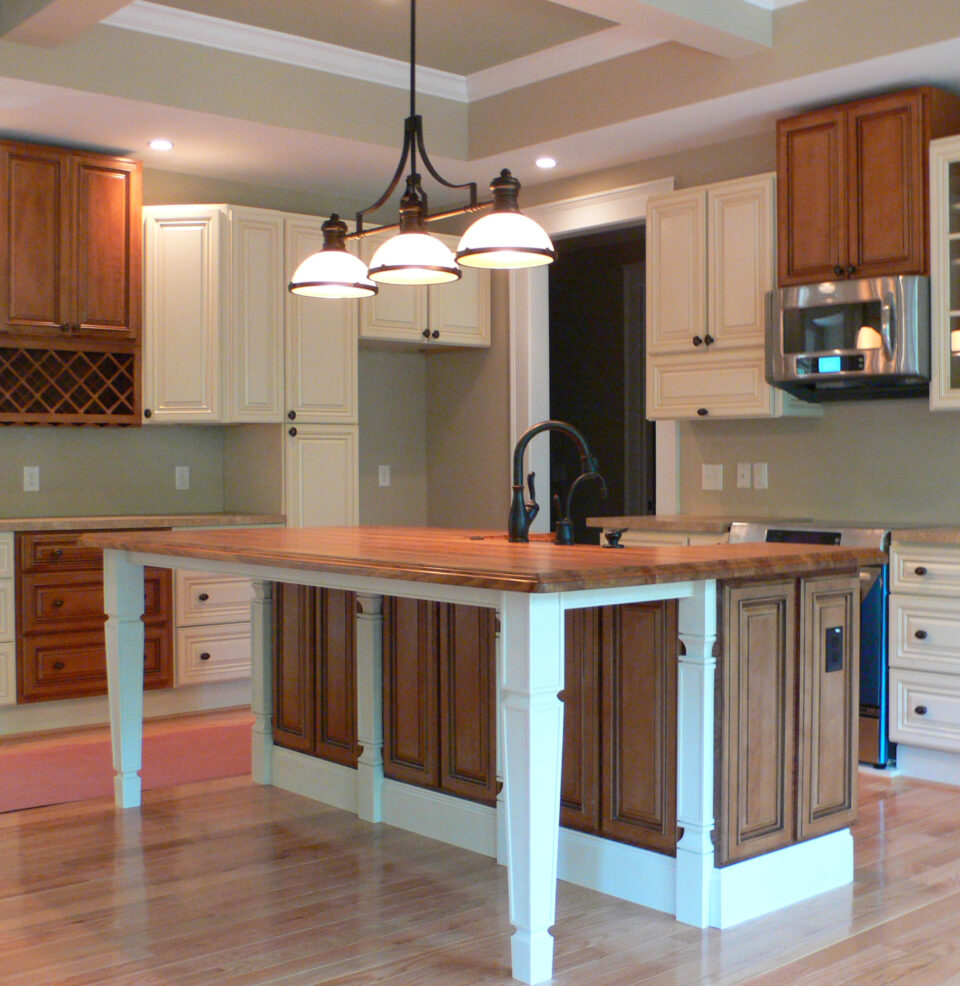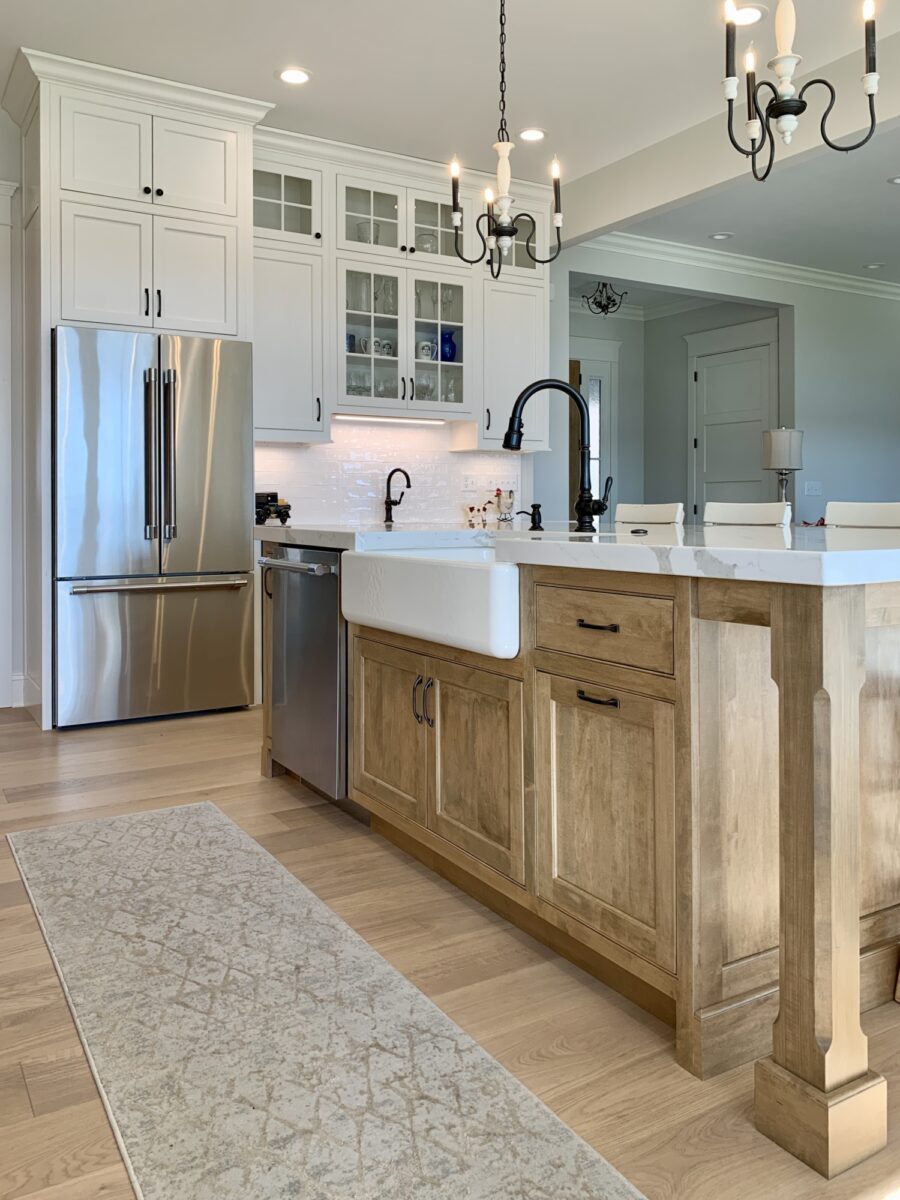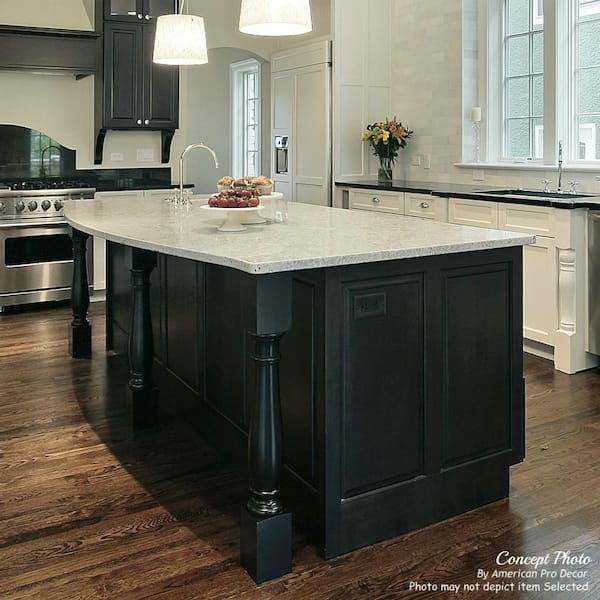Kitchen Island Legs: Improve Your Kitchen with Strong Support
Kitchen Island Legs: Improve Your Kitchen with Strong Support
Blog Article
Crucial Tips for Picking the Perfect Eating Table for Your Kitchen Area
Selecting the perfect eating table for your cooking area is greater than just an issue of preference; it necessitates an extensive understanding of your area and needs. Begin by gauging your readily available area to guarantee ample clearance for activity. The form of the table plays a critical role; while rectangle-shaped tables fit larger locations, rounded ones foster intimacy, and extendable choices provide flexibility. Product option is just as critical, with woods offering resilience and glass financing a modern-day touch. Ultimately, the table ought to harmonize with your kitchen area's aesthetic appeals and accommodate your family easily. What other factors might influence this vital choice?
Measure Your Room
Choosing the suitable eating table starts with a thorough assessment of your available area. This foundational action makes certain that the table not just fits conveniently within the space yet additionally enhances the overall design and capability of your eating location.
Take into consideration the flow of motion around the table. It is crucial to leave sufficient area for chairs to be drawn out and for people to move around the table without obstruction. A general policy of thumb is to permit at least 36 inches of clearance from the edge of the table to the closest wall surface or item of furnishings. This ensures ease of gain access to and comfort during meals.
Furthermore, think concerning the variety of people you typically amuse and whether you need extra room for guests. Opting for an extendable table can provide adaptability, enabling you to fit varying varieties of diners. By precisely determining your area, you prepared for selecting a table that boosts both the appearances and capability of your dining area.
Choose the Right Shape

On the other hand, round tables are superb for smaller cooking areas or intimate gatherings, as they promote discussion by allowing everybody to deal with each various other. They also supply a sense of coziness and can fit well in tighter areas due to their lack of sharp edges. Oblong tables offer the finest of both globes, combining the length of rectangle-shaped tables with the affection of rounded ones, making them versatile for different setups.
Square tables are another option, specifically suited for square-shaped areas. They create a in proportion and contemporary appearance, cultivating an equal dining experience for all seated. They might be much less practical for larger gatherings unless they come with extensions. Ultimately, the form you choose should align with your room measurements and lifestyle to ensure both form and feature.
Product Considerations
When selecting a table, material considerations are critical in identifying the table's toughness, maintenance next requirements, and overall aesthetic. Wood is a timeless selection, using ageless appeal and effectiveness. Woods like mahogany, oak, and walnut are especially resilient, though they can be costly. kitchen island legs. Softwoods, such as ache, are a lot more budget friendly yet may be prone to damages and scratches.
Glass-topped tables give a contemporary, sleek appearance and can make a room show up larger as a result of their openness. They require regular cleaning to prevent spots and finger prints. Additionally, toughened up glass is suggested for its added stamina and safety.

Finally, composite materials like MDF (Medium-Density Fiber board) or plywood are affordable alternatives. These products can mimic the look of solid timber however may not supply the exact same longevity. They are normally simpler to clean yet can be vulnerable to water damages if not properly secured.
Ultimately, the option of material must align with your cooking area's style, your way of living needs, and your budget plan constraints. (kitchen island legs)
Seats Capacity and Comfort
Exactly how do you establish the best seating capability and convenience for your eating table? For a family members of four, a rectangular table of 48 inches long or a round table with a 48-inch diameter is typically adequate.
The elevation of the table must ideally be around 30 inches, offering a balanced ergonomic stance for seated restaurants. Chairs need to have a seat elevation of 18 to 20 inches to make certain a comfy dining posture.
Design and Appearance
Picking a dining table that matches your design and aesthetics involves stabilizing individual taste with the existing decor of your eating room. The eating table is typically the centerpiece of the kitchen, and its layout must match the overall motif of the area. Whether your kitchen area boasts a modern-day, minimal look or a rustic, farmhouse charm, the table you pick must harmonize with these elements to develop a natural and inviting atmosphere.
Take into consideration materials thoroughly; wood supplies an ageless appeal and can vary from rich mahogany for a traditional aim to lighter oak for a contemporary feeling. Steel and glass tables, on the other hand, can introduce a streamlined, industrial side to your kitchen area. Do not overlook the table's shape-- rectangle-shaped tables are traditional and versatile, while round and oval alternatives can promote an extra intimate read more dining experience.
In addition, pay attention to coatings and details. A troubled finish may include character and heat, whereas a shiny surface can add to a tidy, contemporary visual. Ultimately, your eating table should not only healthy perfectly right Recommended Reading into your kitchen's style yet likewise mirror your personal style, boosting the space both functionally and visually.
Verdict
In conclusion, picking the optimal dining table for a kitchen area requires cautious examination of area, shape, material, seating capacity, and aesthetic harmony. Ultimately, an appropriate eating table cultivates an inviting environment and fits the family conveniently, therefore enhancing the dining experience.

When selecting an eating table, product factors to consider are critical in figuring out the table's durability, maintenance requirements, and total visual. For a family of four, a rectangle-shaped table of 48 inches long or a round table with a 48-inch size is generally sufficient.
Don't neglect the table's form-- rectangle-shaped tables are flexible and traditional, while round and oblong alternatives can foster a more intimate dining experience. kitchen island legs.
Report this page